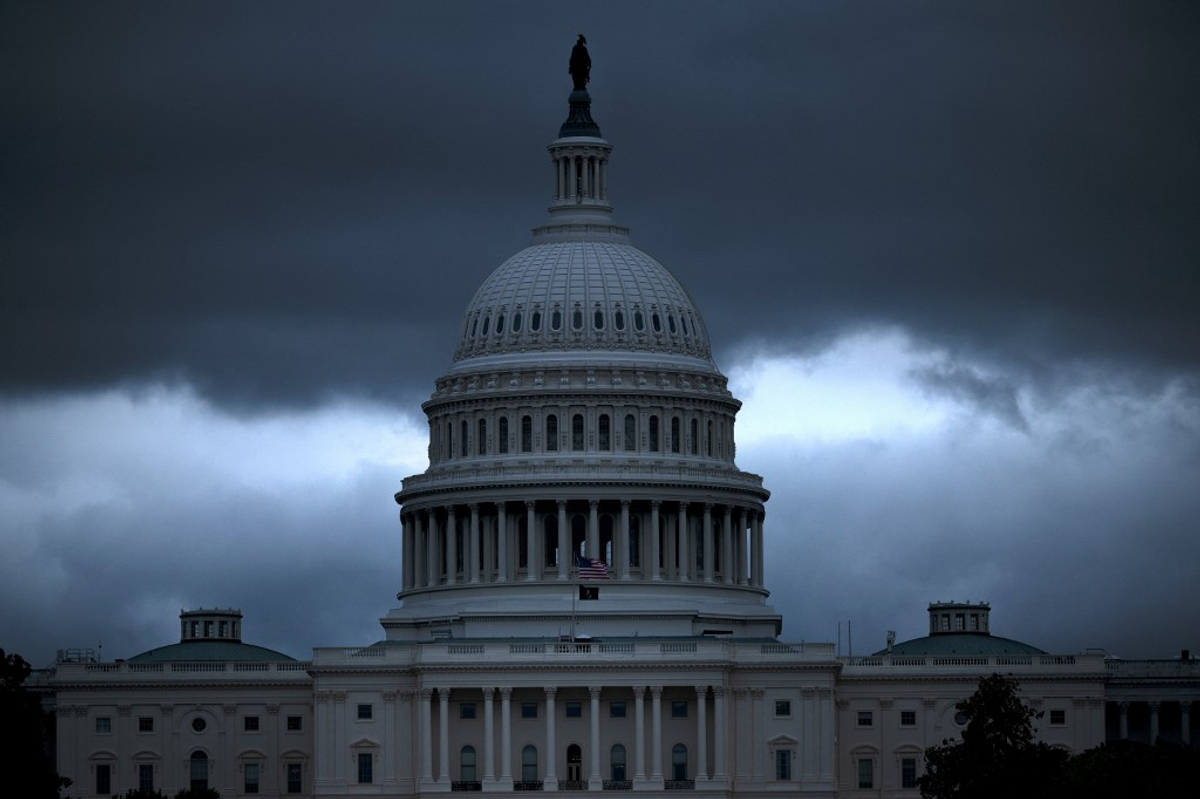Copyright kyivpost

KYIV / WASHINGTON DC – On Oct. 1, parts of the US government shut down after lawmakers could not agree on a plan to fund the government. As of Nov. 5, the shutdown officially entered its 36th day – the longest in US history. The shutdown likely contributed to a sweeping Democratic victory in the Nov. 4 off-year elections, as public frustration with the federal government grows. But its ripple effects won’t be contained within the US – though, like any waves, they may take time to reach Ukraine and Europe. Why the shutdown? In short, a shutdown happens when the US Congress cannot agree on spending bills to keep federal agencies running. A backup option is a short-term fix called a continuing resolution (CR) – but if the bills are stuck and there is no CR, a shutdown happens. The latest shutdown, centered on health care funding, occurred because Democrats lacked the votes to pass their bill, while Republicans, despite holding a majority, fell short of the 60 votes needed to overcome the Senate filibuster and advance their own plan. Democrats demanded the extension of tax credits that make insurance more affordable, protection of Medicaid, and full funding for the Centers for Disease Control and Prevention (CDC) and National Institutes of Health (NIH). Republicans resisted, pushing instead for deeper spending cuts. Since 1977, there have been 10 shutdowns – the last lasting 35 days from Dec. 21, 2018, to Jan. 25, 2019, during US President Donald Trump’s first term in office, according to the US House of Representatives. What does the shutdown entail? During a government shutdown, government services are reduced, delayed, or temporarily halted. Federal agencies operate on limited capacity, with non-essential staff on unpaid leave while essential staff work without pay until funding is passed – though those who work will typically receive back pay. For many Americans, the impact is felt directly as over a million federal workers are unpaid, food aid became inaccessible to low-income families, travel and mortgage are delayed as workers opt for sick leaves or side jobs rather than working without pay, among other impacts, as CNN reported. The shutdown also disrupts salary payments for military personnel, though the Trump administration has redirected funds to avert the crisis so far. But for the country itself, the impact is more nuanced, as it can affect the US gross domestic product (GDP) – though it’s unclear whether that impact is long-term, according to the Congressional Budget Office (CBO), a non-partisan analytical group for the US Congress. “In CBO’s assessment, the shutdown will delay federal spending and have a negative effect on the economy that will mostly, but not entirely, reverse once the shutdown ends,” it wrote on Oct. 29. “Although most of the decline in real GDP will be recovered eventually, CBO estimates that between $7 billion and $14 billion (in 2025 dollars) will not be,” it added. Will it affect Ukraine? Short-term no, long-term maybe. At the beginning of the shutdown, US officials, as well as a delegation of Ukrainian military veterans and defense technology experts in Washington, confirmed to Kyiv Post that it should not affect Ukraine, as critical military and diplomatic support shall remain intact. However, Yuriy Boyechko, CEO of the US-based humanitarian organization Hope for Ukraine, told Kyiv Post at the time that the shutdown could “start affecting shipments of military equipment to NATO for transfer to Ukraine” if it “goes on for a long time.” Ripple effects emerging Now that the shutdown has entered its 36th day and become the longest in US history, concerns have escalated about its impact on international security and domestic humanitarian efforts, including aid to Ukraine. On Wednesday, Boyechko told Kyiv Post that the protracted standoff is stalling critical negotiations and could delay the delivery of vital military and civilian support to Ukraine, creating uncertainty for Kyiv and jeopardizing US global leadership. The political stalemate has also directly impacted domestic assistance, specifically the Supplemental Nutrition Assistance Program (SNAP), which is crucial for thousands of Ukrainian refugees granted humanitarian parole. Despite judicial rulings mandating the use of contingency funds, the Trump administration has indicated it will only partially fund November’s benefits – a drastic cut that immediately affects over 42 million Americans and forces vulnerable refugee families to face food insecurity. “This crisis forces vulnerable families – who have already fled war and sought safety – to face a new, devastating hardship, adding an immediate, tangible domestic cost to the political stalemate in Washington,” Boyechko said. Amid the worsening crisis, Trump on Wednesday urged Senate Republicans to end the record-breaking shutdown, acknowledging the political damage after major Democratic victories in New Jersey and Virginia. Speaking at a White House breakfast with GOP senators, Trump called the impasse “a big negative factor” and pressed lawmakers to reopen the government “immediately.” He also renewed his long-resisted push to scrap the Senate filibuster as the fastest way to pass a funding bill without Democratic votes, warning, “If you don’t terminate the filibuster, you’ll be in bad shape.” Although the Senate has repeatedly failed to advance a House-passed measure, senators signaled cautious optimism this week that a deal to end the stalemate could still emerge.



